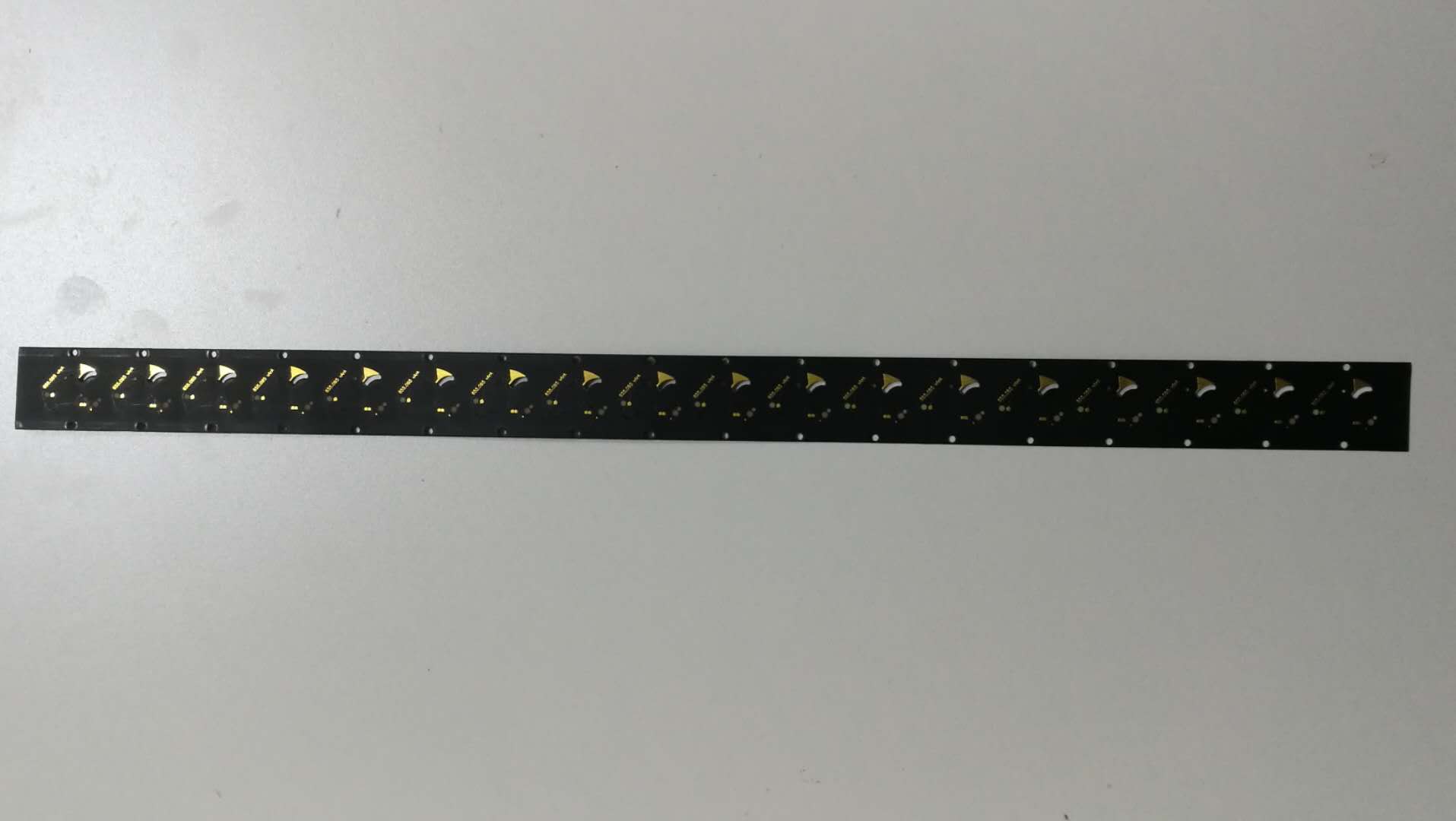1 Scope
This standard specifies the classification and terminology interpretation, requirements, test methods, inspection rules and signs, packaging, transportation, storage, etc. of the vehicle reversing radar.
2 Normative introduction documents
The terms in the following documents become the terms of this standard by reference to this standard. For dated references, subsequent Amendments (not including errata content) or revisions do not apply to this standard. However, parties to this standard are encouraged to study whether the latest versions of these documents are available. For undated references, the latest edition applies to this standard.
3 classification and noun explanation
3.1 Classification
Digital signal reversing radar. Model name PS220. (J)-01, PS220.(J)-02, PS220.(J)-03...
3.2.1 No alarm status
The vehicle is not engaged in the reverse gear, and the reversing radar system is waiting to enter the working state.
3.2.2 Activation status
The state in which the reversing radar is located when the vehicle is engaged in the reverse gear.
3.2.3 Self-test status
When the reversing radar system is activated, the system itself (including: live wire, ground wire, internal signal processing circuit, etc.) is tested. When an open circuit or fault is found, the buzzer will be in a cyclic alarm state. If the troubleshooting system automatically enters the detection state.
3.2.4 Detecting alarm status
The normal working state of the system. If the system detects an obstacle during this time, the buzzer receives an alarm command to alarm.
4 requirements
4.1 Appearance requirements
The appearance is neat and tidy, the surface should not have obvious dents, scratches, rust, clear and correct printing, and the fastening parts are not loose. The surface of the sensor should be painted uniformly with the surface of the installed bumper.
4.2 Environmental requirements
4.2.1 Operating ambient temperature
a. Ultrasonic detector: -30 ° C ~ 80 ° C
b. Host controller: -30 ° C ~ 80 ° C
c. Display (LCD): -25°C~65°C
4.2.2 Storage ambient temperature
a. Ultrasonic detector: -40 ° C ~ 85 ° C
b. Host controller: -40°C~85°C
c. Display (LCD screen): -30 ° C ~ 70 ° C
4.2.3 Relative humidity
3%~93%
4.3 Electrical performance requirements
4.3.1 Ultrasonic detector
a. Rated working voltage: 120V (40KHz ± 1 KHz pulse)
c. Operating voltage range: 50V ~ 160V (40KHz ± 1 KHz pulse)
d. Maximum overload voltage: 180V (40KHz ± 1 KHz pulse) for 1 second
e. Operating frequency: 40KHz ± 1 KHz
f. Resonant capacitor: 2000pF ± 15%
g. Echo sensitivity: ≥-80dB
h. Yu Zhen: ≤1.4ms
i. Impedance: 500Ω
h. Maximum working temperature: 85 ° C
i. Minimum operating temperature: -40 ° C surface without snow and ice
g. Current consumption
Off state ≤1mA
Open state ≤10mA
Double Side Board, Base Material: FR4 TG135. copper thickneess 1oz finished. Immersion Gold surface treatment with matt black soldermask. Thin board thickness 0.2mm. Min.line width/Min.line spacing 0.15/0.15mm. E-test: 100%
The double-side-board is one of the most products we produce. Our double-sided plate thickness can be treated from the 0.2-5.0mm. and we can do the surface treatment can be ENIG, HASL, LF-HASL, Immersion Tin,Immersion silver,Flash Gold(Gold plating), OSP and etc.

Double Side Board
Double Side Board,Double Sided PCB,Double Sided PCB Board,PCB Circuit Board
Orilind Limited Company , https://www.orilind.com